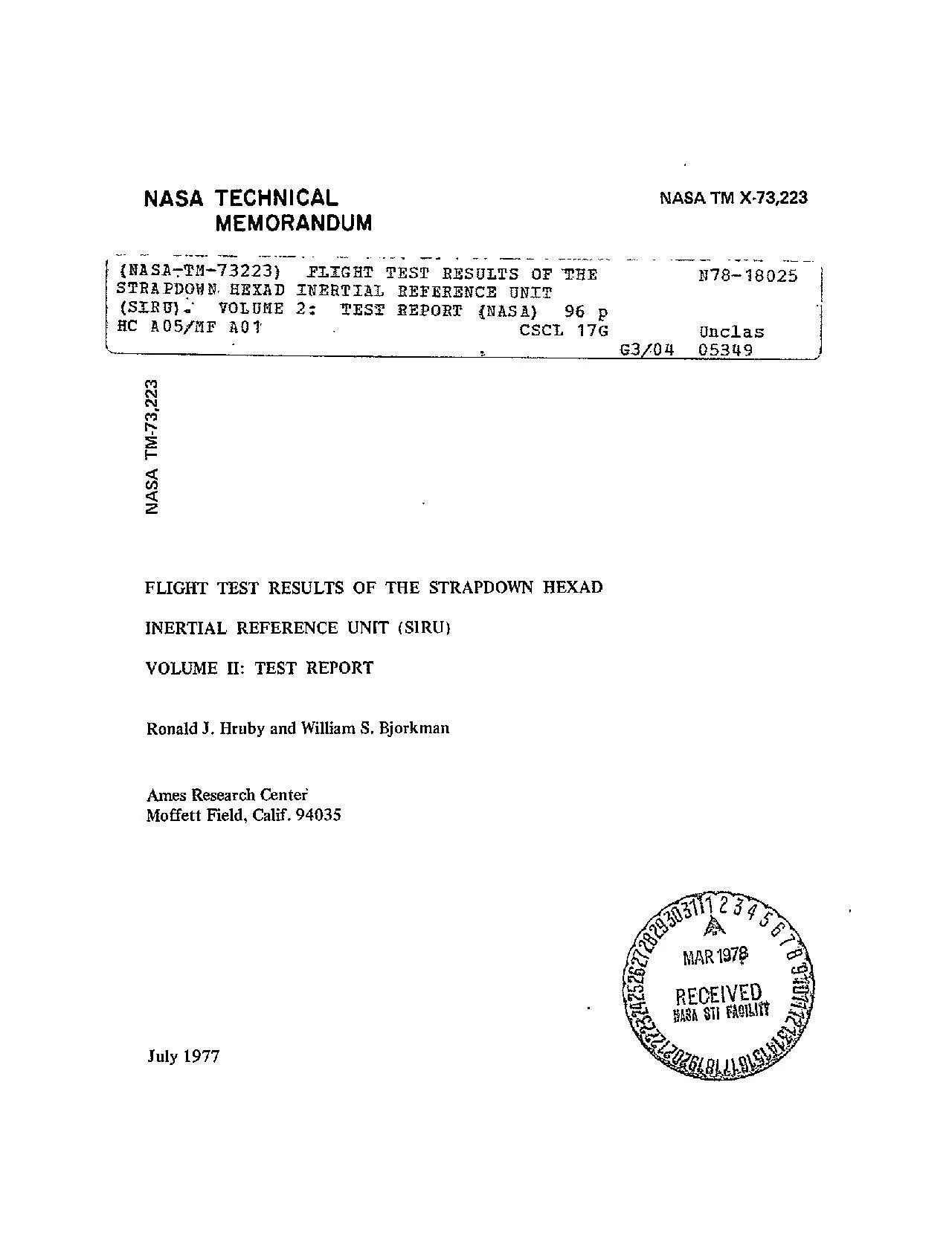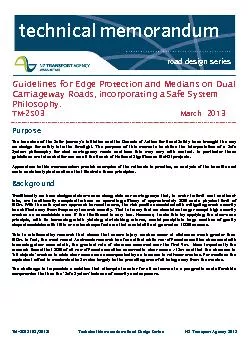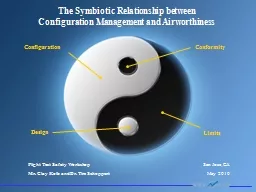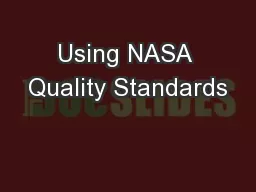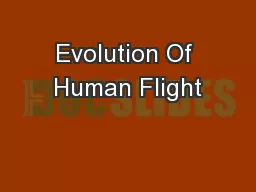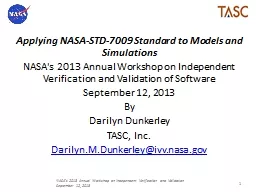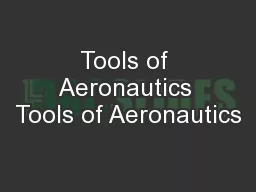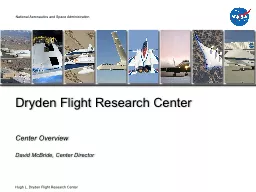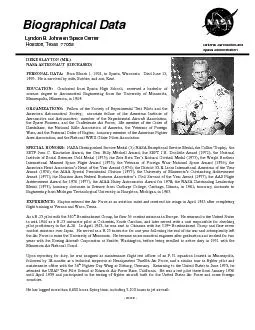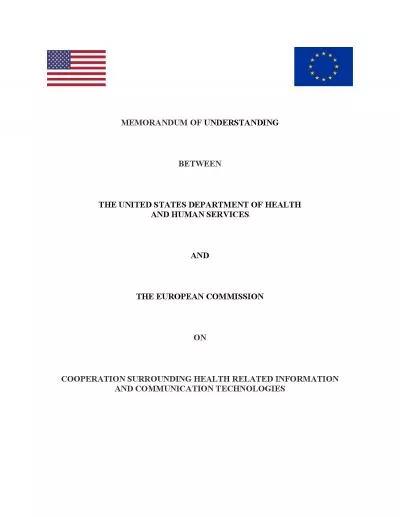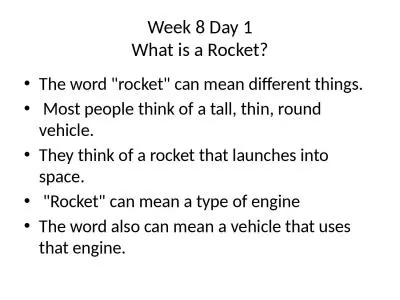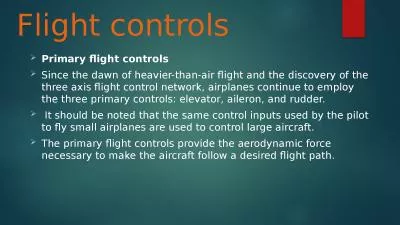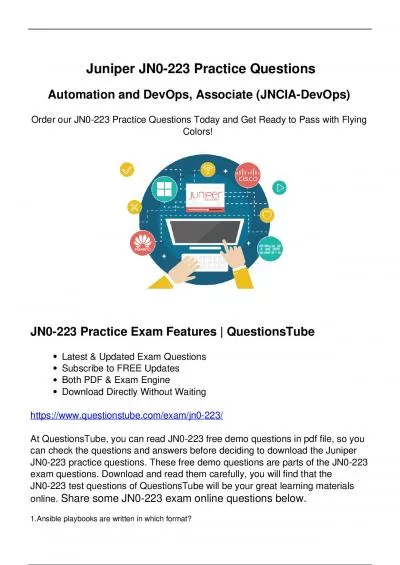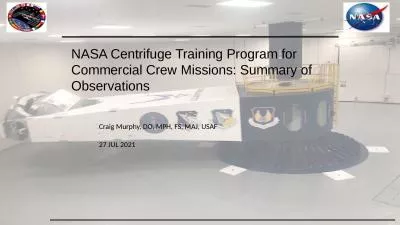PDF-NASA TECHNICAL NASA TM X-73,223 MEMORANDUM {NASA7TM-73223) FLIGHT TEST
Author : frostedikea | Published Date : 2020-11-20
individuals who to the Draper Laboratory1 1P Schamp1 1Stanford University OF THE no gyro aerodynamic highlift reduce takeoff aircraft carry in function ity Cost
Presentation Embed Code
Download Presentation
Download Presentation The PPT/PDF document "NASA TECHNICAL NASA TM X-73,223 MEMORAND..." is the property of its rightful owner. Permission is granted to download and print the materials on this website for personal, non-commercial use only, and to display it on your personal computer provided you do not modify the materials and that you retain all copyright notices contained in the materials. By downloading content from our website, you accept the terms of this agreement.
NASA TECHNICAL NASA TM X-73,223 MEMORANDUM {NASA7TM-73223) FLIGHT TEST: Transcript
Download Rules Of Document
"NASA TECHNICAL NASA TM X-73,223 MEMORANDUM {NASA7TM-73223) FLIGHT TEST"The content belongs to its owner. You may download and print it for personal use, without modification, and keep all copyright notices. By downloading, you agree to these terms.
Related Documents

